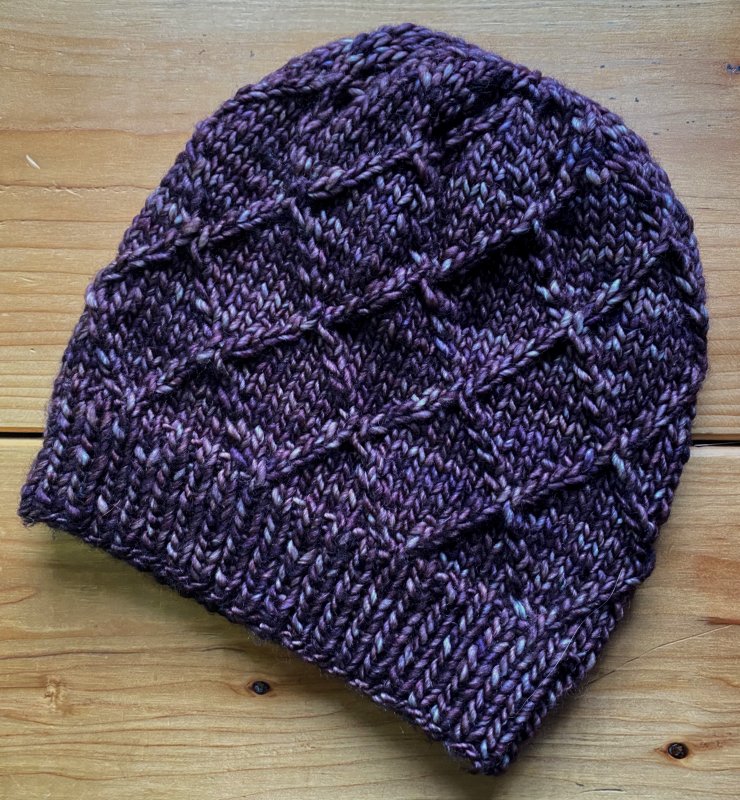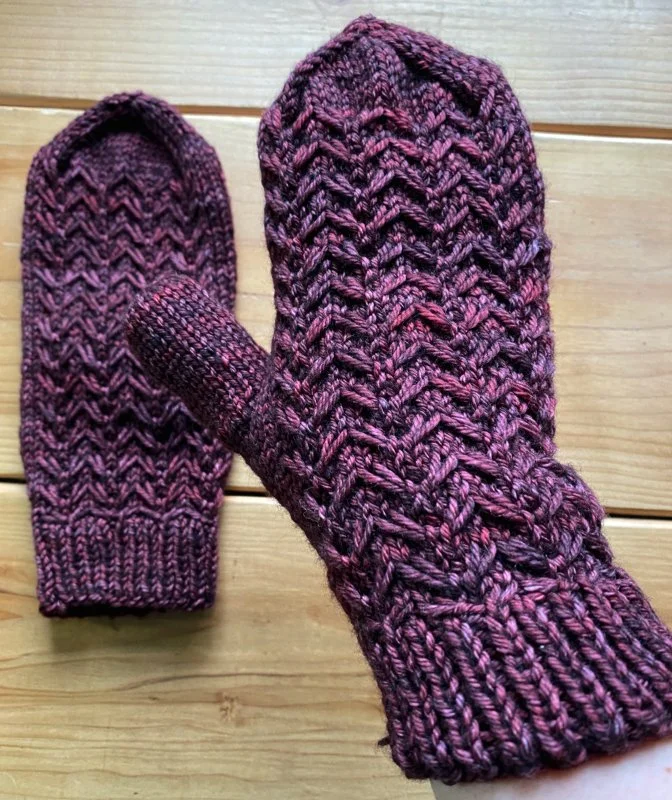The Value of Handmade
In an ideal world, I’d have a closet full of handmade clothes and a kitchen full of food I made entirely from scratch. But we are far from living in an ideal world. There’s a balance between convenience and supporting local businesses and the businesses of your friends.
Handmade items are something that have been a part of my entire life. Both of my grandmothers are/were knitters and one of them also sewed. I have quilts and hats and mittens and socks that have been made for me by someone who I know and love. I also have plenty of items that I’ve purchased from the store and that were made by complete strangers. I have a much smaller collections of things (mostly art but also some clothing and accessories) that were handmade by people I don’t know and might never meet. Some of them are I have purchased from people who are my friends (both because I want to support them and because I love what they make).
One of the reasons I most value handmade items is the thoughtfulness that goes into them. This value is most felt when you receive a handmade gift from someone, but it still applies when purchasing handmade items from people you don’t know. As someone who makes handmade items, I can tell you that each piece has a lot of love, creativity, and thoughtfulness poured into it. I can often tell you what I was thinking about while I was making it. What adventures I was planning or who I was thinking of. It’s not something you can necessarily feel when you receive your item, but there are lots of thoughts and love infused into each item.
Handmade is High Quality
I realize that there are some poor quality handmade items out there, but in my experience, those are the exception. In general paying a little more for an item that was not made in a factory or mass produced means you’re getting a better quality item. The socks my grandma made me in 1999 are still in one piece and free of holes. While I do not wear them as regularly as my store-bought socks (this is mostly due to logistics, the socks she made me are thicker and not a great option for daily wear), I can tell you that I do no have a single pair of store-bought socks from 1999. Items that get less wear and tear such as hats, mittens, or sweaters will last even longer.
Instead of getting something that was mass produced in a factory, when you purchase a handmade item you’re getting something that is carefully made one by one. They are also often one of a kind. No matter how many “copies” I make of the same thing, there is inevitably going to be something a little different about each one. It might not be an obvious difference, but I can assure you there are small inconsistencies across items making them unique (these inconsistencies don’t impact the quality of the finished product).
The Cost of Handmade
There is a perception out there that handmade items are not worth the cost. While they do tend to cost more on average than something you’d pick up from a store, keep in mind that they are made to last. The quality of the materials also impacts the price. I tend to use hand-dyed yarn that comes from smaller companies, which costs me more, but the quality is superior and worth the slightly higher price point.
In the relatively recent past, before foreign imports were common, “homemade” or “handmade” used to mean that something was a less expensive version of what you could buy in the store. So, if you wanted something, making it yourself usually meant it was cheaper (that is why so many people used to knit and sew clothing). But things have changed. For most people, clothing isn’t an investment made to last as long as you take care them. We can get whatever we want in a store for less than it would cost to buy the materials to make it for ourself (assuming we knew how to make it).
I think it’s important to note that cheap stuff is actually cheap for a reason. Poor quality, mass produced, and probably made by people who are not getting paid a fair wage. You can’t compare the cost of a handmade item to the cost of mass produced item as they are vastly different.
Handmade Supports Sustainability and the Community
One thing I like to remind people about is that when you purchase a handmade item from a small business, you’re also supporting other small businesses. In order to get you a finished product I have to purchase yarn, accessories such as pom pom supplies, labels, and packaging materials. The yarn often comes from my local, family-owned yarn store, and they get my favorite brand from a female-owned company who provides opportunities to other women. The pom pom supplies and labels come from another female-owned small business. My packaging supplies are currently a mix of what I can recycle from home and some things from the “regular” store, but in the future I’d like for this to be a place where I focus on sustainability and find more eco-friendly packaging.
Making an item by hand also has a significantly smaller impact on the environment. All it takes to fuel me while I’m knitting is some snacks and coffee. Yes, I drive to the yarn store, but I try to do that on my way to do other errands (mostly out of convenience), so the environmental impact of my production of goods is truly minimal.
Handmade Keeps Traditional Skills Alive
I learned how to knit from my grandmother. As far as I know I’m the only one out of her six children and eight grandchildren who learned (maybe others learned, but they definitely didn’t stick with it, they all swore they hated it). Supporting makers and small businesses who specialize in handmade items helps to support the continuation of these skills for future generations.
When considering the value of handmade items, remember that things that are made by hand are nuanced. They are a direct expression of the skill involved in making them and they possess a certain authenticity due to the workmanship which is often linked to a historical or cultural tradition. The value of handmade is that the object reflects the maker and their meanings and values which connect them to the the consumer.
Handmade items are more than monetary investments. They provide connection and community support. Handmade is human.
If you’re interested in buying handmade knit items, but are unsure how to care for them, check out my article on caring for your wool knits to learn how to properly care for your handmade wool items so they last for several lifetimes.
If you find the content I create here for free to be valuable, please consider buying me a coffee:
WANT TO READ MORE?








